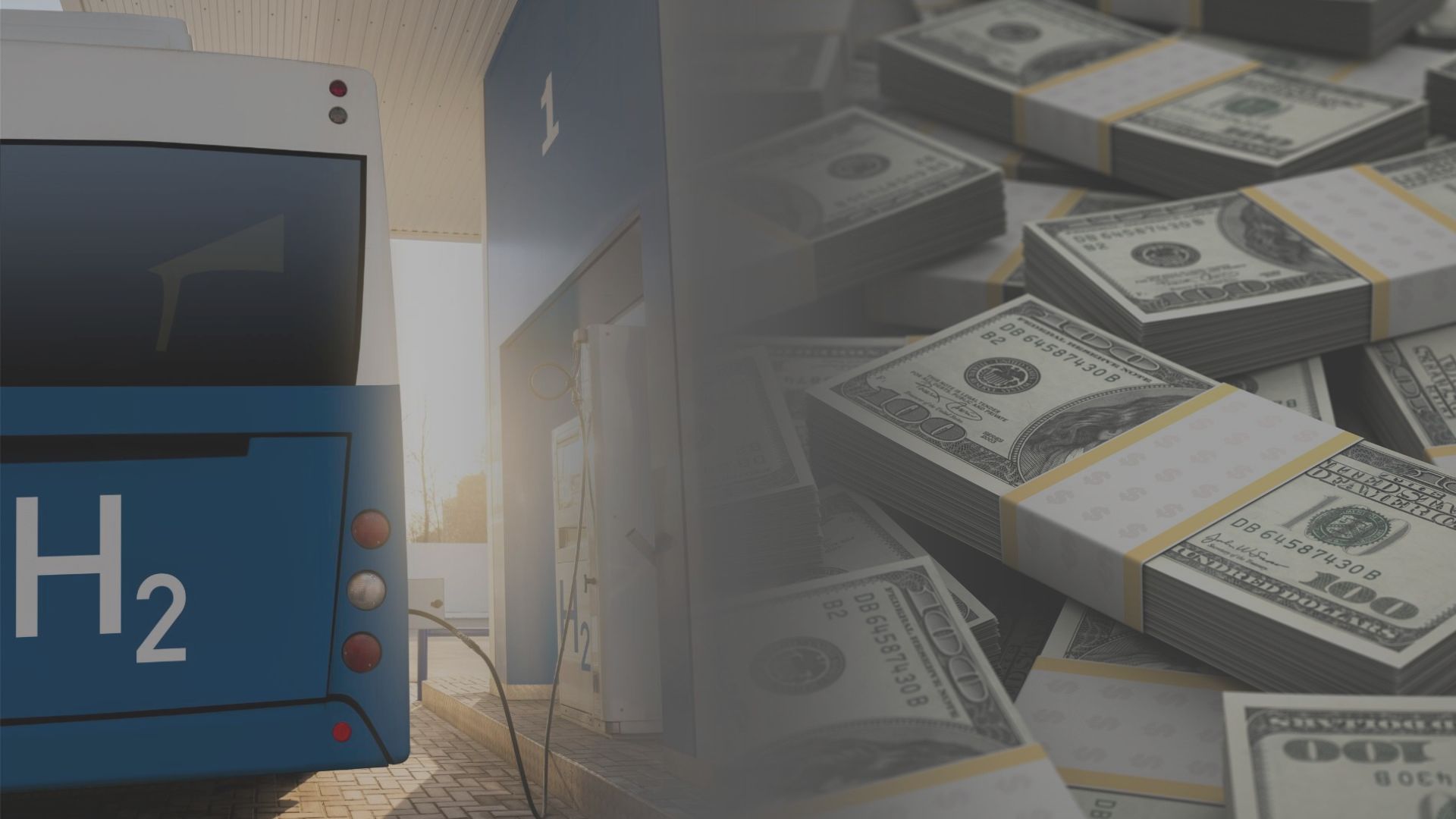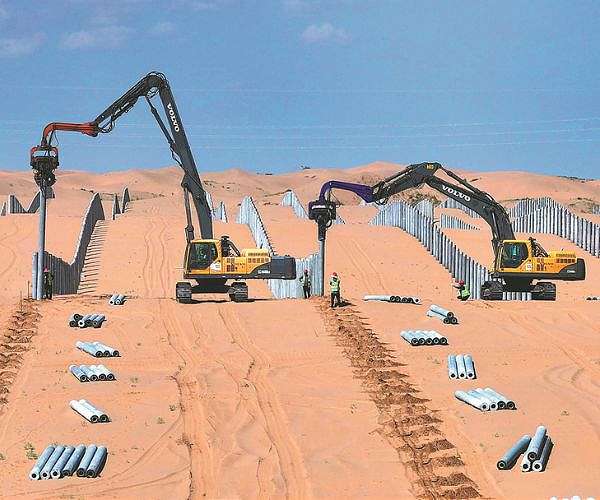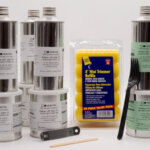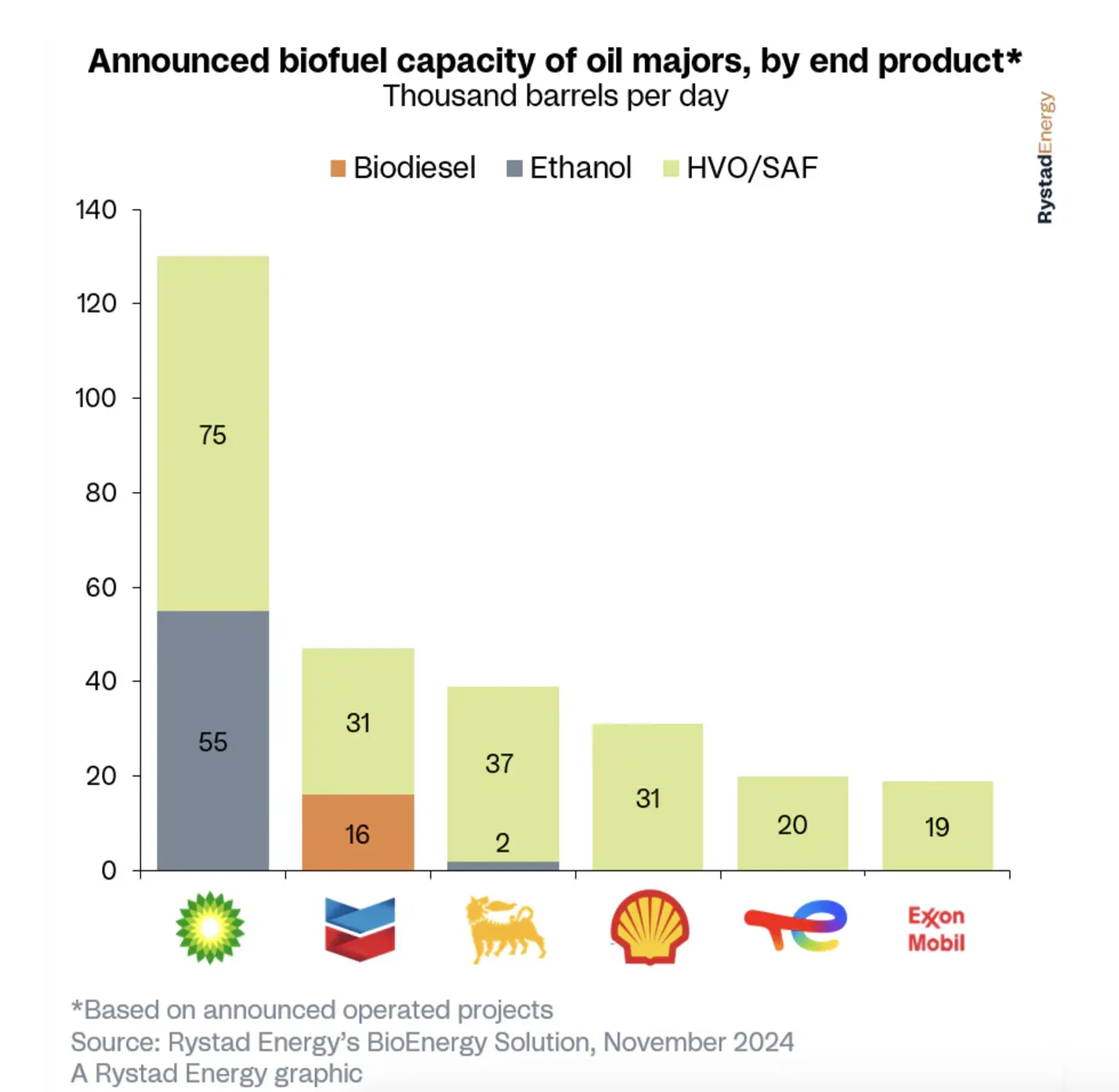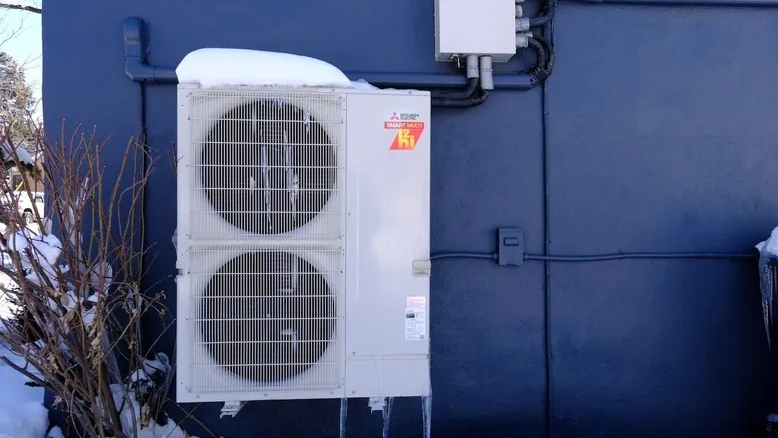
This story was originally published by Canary Media.
Heat pumps outsold gas furnaces. Again.
According to data from the Air-Conditioning, Heating, and Refrigeration Institute released last week, Americans bought 21 percent more heat pumps in 2023 than the next-most popular heating appliance, fossil gas furnaces. That’s the biggest lead heat pumps have opened up over conventional furnaces in the two decades of data available from the trade group.
As electric appliances, heat pumps help slash planet-warming emissions from a major source — space heating — while also letting consumers ditch the health-harming fumes from gas and heating oil in their homes. They’re almost magically efficient; they can routinely produce the same amount of heat as a fossil-fired system using just a third or a quarter of the energy.
Heat pumps’ growing popularity compared to furnaces is ?“really good news,” said Alex Amend, director of communications at pro-electrification advocacy group Rewiring America. The U.S. is ?“absolutely moving in the right direction.”
Last June, Rewiring put together a year-by-year sales growth trajectory for heat pumps that would be fast enough to take adoption from the 16 percent of U.S. homes they’re installed in as of 2023 to all projected 140 million homes by midcentury. Rewiring America’s figures and the data from the Air-Conditioning, Heating, and Refrigeration Institute aren’t directly comparable; AHRI tracks units sold while Rewiring tracks households. But even so, it’s clear that ?“we still have a ways to go” for gas furnace sales to fall to zero, said Wael Kanj, research associate at Rewiring America.
Sales for both heat pumps and fossil gas furnaces were down relative to 2023 due to supply-chain bottlenecks and a double punch of inflation and high interest rates that tempered consumer spending across the board. But heat pumps continued to widen a lead that first emerged in 2022, when they surged ahead of gas furnaces by 12 percent and topped 4 million units sold for the first time.
It’s important to note that the data does not unequivocally mean that more U.S. homes are now installing heat-pump systems than gas furnaces. Because heat pumps are modular, home systems often have more than one unit. Larger homes may also install more than one gas furnace.
But the data does suggest that the growing popularity of heat pumps could be opening up new markets across the U.S. The tech is popular in the Southeast where mild climates have long made them a viable option. In recent years, though, heat-pump technology has improved, and the appliance has taken hold in states with frigid winter weather, such as Maine and Colorado. Heat pumps proved so popular in Maine that in July, the state beat its original deployment goal and had to set a new, more ambitious one.
The Biden administration is galvanizing the move to heat pumps. The 2022 Inflation Reduction Act incentivizes heat pumps with a 30 percent federal tax credit up to $2,000, and federal rebates are expected to start rolling out this year.
Leaders at the state level are also setting ambitious clean-heat targets. In September, governors of 25 states pledged to cumulatively install 20 million heat pumps by 2030. And last week, nine states upped the ante with a target (albeit a nonbinding one) for heat pumps to make up 90 percent of home heating sales by 2040. Many states and utilities also have incentive programs to encourage residents to install heat pumps.
At the same time, consumers are getting more curious about the tech. As recently reported by Distilled, Google searches for the term ?“heat pump” have doubled in the last five years.
Climate advocates are increasingly pushing policymakers to incentivize — or even mandate — homeowners to replace their broken-down ACs with heat pumps. Data from AHRI reveals a big missed opportunity on this front: Americans are buying more central ACs when they could be purchasing dual-purpose heat pumps.
Despite the strong showing for 2023 overall, heat-pump sales fell behind gas furnaces in the last quarter of the year. That could be in part because many consumers aren’t prepared to switch to a heat pump when their gas furnace breaks, Kanj said; as temperatures drop, they just need a replacement fast.
According to Kanj, that’s why it’s crucial to make it easier for consumers to choose heat pumps by alleviating supply-chain constraints, educating contractors and the public, and helping people plan for the upgrade rather than wait until they have an emergency. That way, ?“when someone’s furnace goes out and it’s cold outside … there’s a heat pump ready and waiting.”




